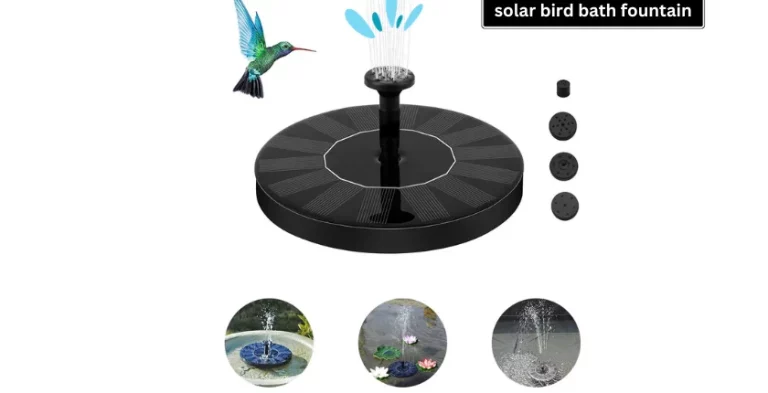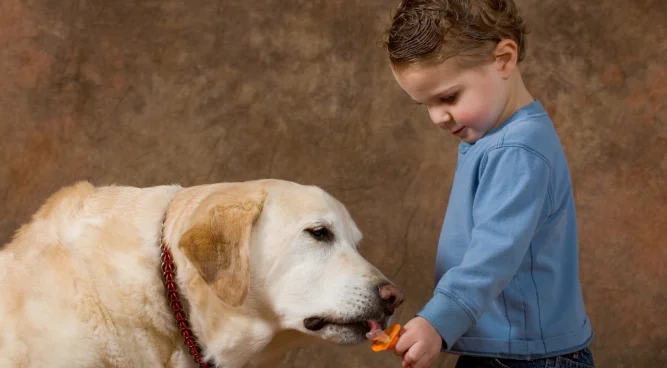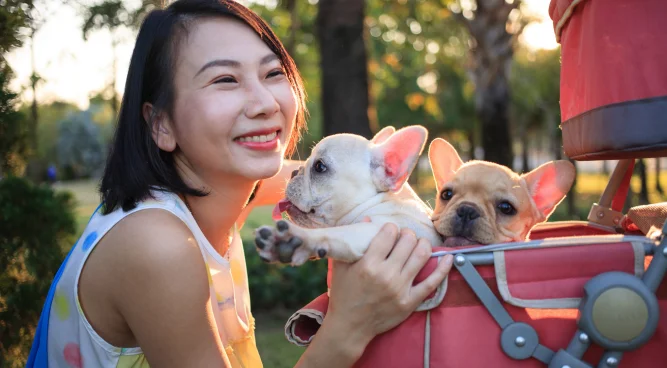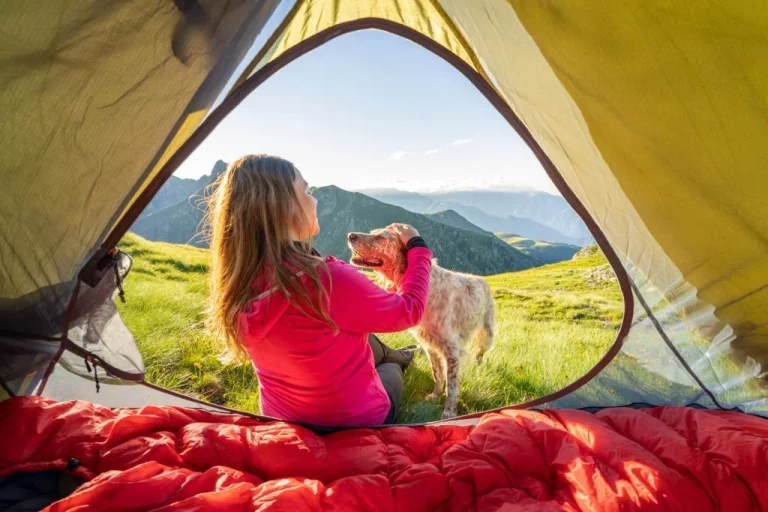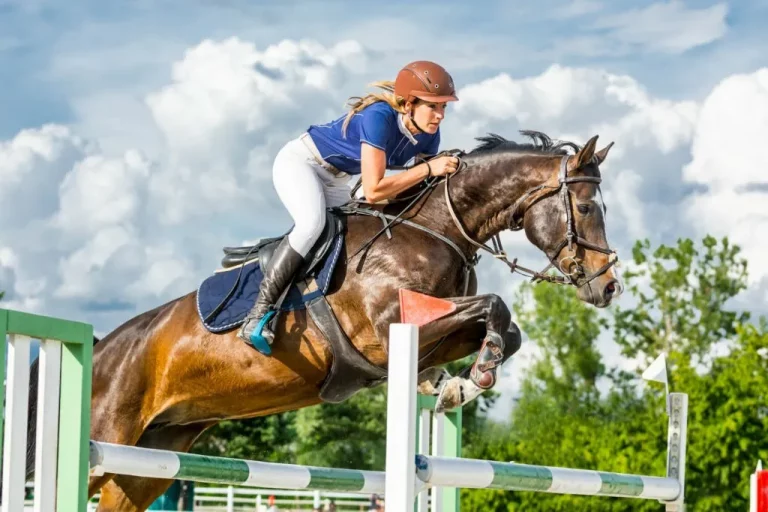The Best Large Bird Cages in 2023: A Buyer’s Guide
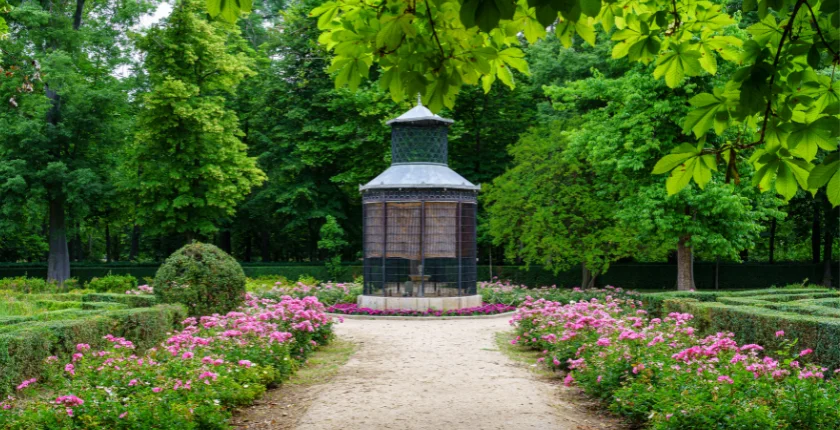
Table of Contents
Providing your feathered friend with a Large Bird Cage and a spacious and secure home is one of the joys and responsibilities of bird ownership. But with so many options on the market, how do you choose the perfect large bird cage? This buyer’s guide will overview the key factors to consider and recommend the best large bird cages to keep your bird healthy and happy in 2023.
What to Look for in a Large Bird Cage
When choosing a large bird cage, you’ll want to evaluate a few key features:
Size – A good rule of thumb is to select a cage that is at least 1.5 times your bird’s wingspan in width and depth. Taller is better, as vertical space allows flying and climbing.
Spacing – Bar spacing should be narrow enough that your bird cannot squeeze through and injure itself. 3/4″ to 1″ is ideal for larger parrots.
Materials – Durable stainless steel or powder-coated cages resist rust and last for years. Avoid lead and zinc.
Ease of cleaning – A cage with multiple access doors and removable trays simplifies maintenance.
Prioritizing these factors will ensure your bird enjoys safety, comfort, and years of enrichment.
Types of Large Bird Cages
There are a few main styles of extra-large bird cages to consider:
Flight cages offer maximum horizontal space for flying and flap-powered exercise. They allow for multiple perches and toys.
Breeding cages provide height and seclusion for breeding pairs. Some feature nest boxes or privacy dividers.
Playtop cages have an upper area for play and interaction. Look for compatible accessories like ladders and swings.
Evaluate your needs and space to determine which style best suits your large bird.
Related Post to read about Sunflower Hearts for Birds
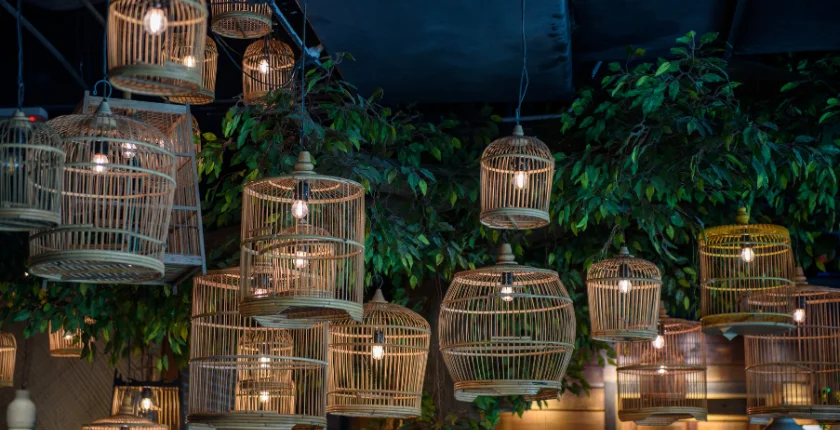
How to clean and maintain a large birdcage
Keeping your large bird’s cage clean is essential for their health. Here are some tips:
- Daily: Remove droppings, discarded food, and soiled cage liners daily. Wipe down perches, dishes, and bars with a bird-safe disinfectant. Replace food and water.
- Weekly: Fully disassemble the cage once a week for a deep clean. Discard the substrate, wash all surfaces with soap and water, rinse thoroughly, and let dry before reassembling.
- Monthly: Soak and scrub accessories monthly. Use a 3% hydrogen peroxide solution or vinegar to fully disinfect plastic perches, food bowls, toys, and ladders. Rinse and let dry completely.
- 3-6 Months: Replace substrate, natural wood perches, rope perches, and 100% biodegradable toys this often to prevent mold.
- Yearly: Sand and repaint any chipped metal parts of the cage to prevent rust. Replace worn-out plastic bowls and ladders.
- Ongoing: Check daily for damaged wires, bars, or broken welds. Discard and replace accessories if they have become frayed or damaged.
Following this cleaning schedule helps prevent illness by reducing microbes and pests. Be sure to use bird-safe, non-toxic cleaning products only. A clean, well-maintained cage provides your large parrot with a healthy home.
Common mistakes to avoid
| Mistake | Why It’s Problematic |
| Choosing too small of a cage | Cramped cages cause stress and limit movement |
| Using a cage meant for small birds | Bar spacing is unsafe and construction flimsy |
| Placing the cage in a noisy or drafty area | Can overwhelm or sicken some birds |
| Overcrowding cage with accessories | Limits mobility and space to play |
| Using toxic cleaners near birds | Chemical fumes are hazardous to birds |
| Not cleaning often enough | Allows harmful microbes and waste to accumulate |
| Letting cage rust or break | Placing cage in a noisy or drafty area |
| Using sandpaper perches | Can cause painful bumblefoot sores |
Features to look for in a flight cage
Finding flight Cage Supplies that allow your large parrot ample room to spread their wings is a major factor in their health and happiness. Prioritize choosing a very spacious cage that is wider and deeper rather than excessively tall. Dimensions of at least 36” x 36” x 54” provide comfortable flying room for most large parrots.
| Key Flight Cage Features | Benefits |
| Very spacious dimensions | Allows for flying and exercising wings |
| Durable, welded construction | Prevents rusting and lasting use |
| Proper 3/4” – 1” bar spacing | Provides safety but allows mobility |
| Multiple sturdy perches | Exercises feet and prevents arthritis |
| Cross beams for climbing | Stimulates and engages birds |
| Multiple food/water bowls | Ensures easy access to necessities |
| Several access doors | Simplifies cleaning |
| Secure locks | Prevents escape artists |
| Casters for mobility | Allows repositioning cage |
| Fun accessories | Provides mental enrichment |
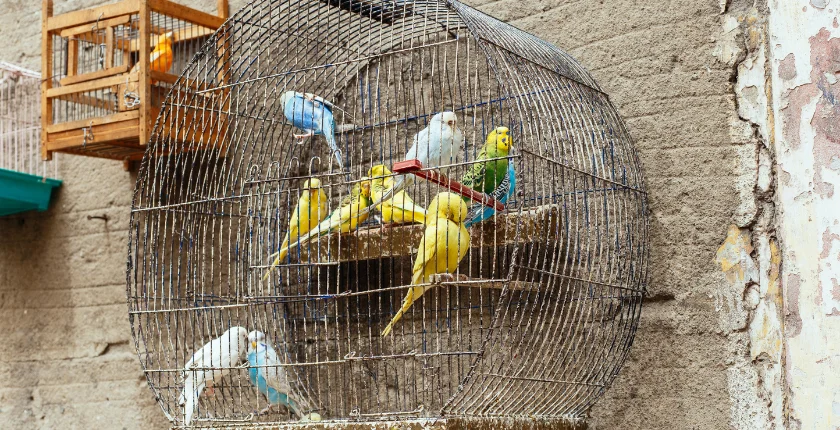
How to set up a flight cage
Here is a table outlining how to set up a flight cage for a large parrot:
| Step | Description |
| 1. Assemble | Follow manufacturer instructions to assemble cage pieces. |
| 2. Place in room | Choose a quiet room protected from drafts & sun. |
| 3. Add substrate | Line the bottom with paper, pellet litter, or corn cob bedding. |
| 4. Install perches | Add several correctly sized perches made of varying materials. |
| 5. Add dishes | Include 2-3 food bowls and at least 2 water sources. |
| 6. Include toys | Line the bottom with paper, pellet litter or corn cob bedding. |
| 7. Prepare for cleaning | Add trays, lining or sheets beneath perches to catch waste. |
| 8. Check spacing | Hang or attach bird-safe swings, tunnels, bells, etc. |
| 9. Bird proof | Ensure all locks function and no hazards are within reach. |
| Confirm bar spacing matches the parrot’s size before allowing access. | 10. Let the parrot adjust |
FAQs
What size cage does a large parrot need?
For large parrots like macaws and cockatoos, choose a cage that is at least 1.5 times their wingspan in width and depth. Aim for a cage that is 36″ wide x 36″ deep x 54″ tall or larger.
How much should I budget for a quality large birdcage?
Expect to spend $300-$800 for a well-constructed large bird cage from a reputable brand. Premium cages with more amenities and accessories can cost over $1000.
Should my large bird’s cage have a playtop area?
A play top is an excellent addition for active large birds like macaws. It provides extra space to play, climb, and interact outside the main cage. Add ladders and perches to enrich their playtop experience.
What bar spacing is best for big parrots?
Opt for bar spacing between 3/4″ and 1″ for large parrot cages. This prevents injury while allowing some mobility between bars. Smaller birds need 1/2″ bar spacing.

